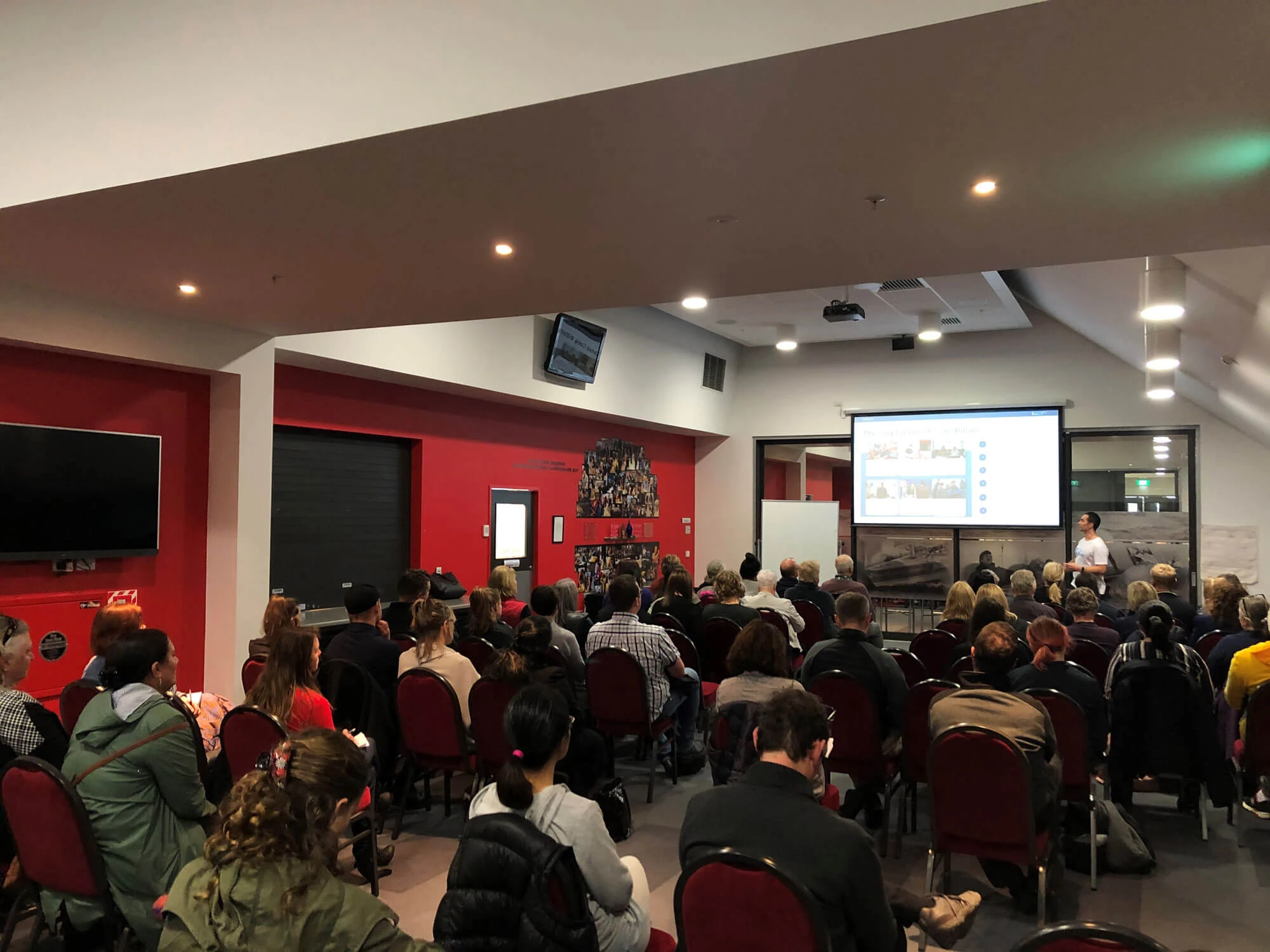Globe Artichoke (Cynara cardunculus var. scolymus)
Introduction
Artichokes or 'chokes' as they are commonly called, are a member of the thistle family. The part of the plant that is eaten is the immature flower bud of the plant which is called the 'heart'. The stem is also edible and best cut an inch or so below the bud. Usually steamed, they can also be eaten raw or cooked. While it is grown by home gardeners, it is not a common crop. A quite different type of Artichoke is the Jerusalem Artichoke – a sunflower relative. This is grown for the tuber, which looks like a potato.
Growing Globe Artichokes
| Propagation: | Grown from seedlings |
| Yields/ha: | Unknown |
| First harvest: | Some chokes may be harvested in the first year but by year 2 regular harvests should be possible. |
| Full production: | 3–4 years. |
| Training/Pruning: | A cut back in winter is all that is required. |
| Soil type: | Moist, sandy and very well drained soils. Plants seem to have some tolerance to drought conditions. |
| Fertilisers: | Little is known on nutrient requirements. |
| Weed control: | Competition from weeds is to be avoided during establishment. |
| Pest/Diseases: | Slugs, snails, aphids. Some disease problems mean a broad spectrum fungicide may be needed. |
| Harvesting: | The Artichoke bud should be harvested just before the bud begins to open. Cut the main bud a few inches below the bud. Smaller secondary buds will form later, and can also be harvested. |
| Marketing: | Very little is known about the markets for Globe Artichokes. Small scale production should be marketable in tourist towns such as Queenstown. |





